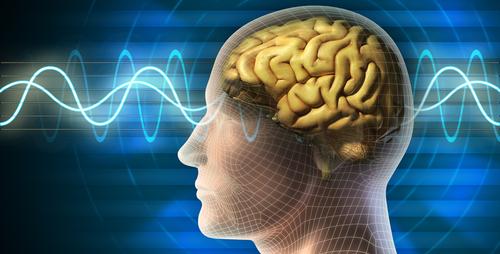Why We Need Art to Understand the Mind

What’s the Latest Development?
In tracing the roots of his profession to the salons of Modernist Vienna, neuroscientist Eric Kandel explains the historical relationship between science and art. Kandel, winner of the 2000 Nobel Prize, says it was the autopsies of the Viennese doctor Carl von Rokitansky that gave the world its first powerful metaphors of the subconscious. “The truth is often hidden below the surface,” said Rokitansky. “One has to go deep below the skin to find it.” And while Rokitansky was speaking on integrating a patient’s medical history with his or her current physical condition, his ideas were picked up by one of his students, Sigmund Freud.
What’s the Big Idea?
Freud, of course, would pioneer a new psychology that recognized the influence of subconscious desires. Contrary to the British Enlightenment, which saw rationality as the defining human characteristic, modernist painters like Klimt and Schiele worked to express a new conception of humanity, at once plagued by anxiety and capable of towering sexual heights. “A brain scan may reveal the neural signs of anxiety, but…a Schiele self-portrait, reveals what an anxiety state really feels like,” said Kandel. “Both perspectives are necessary if we are to fully grasp the nature of the mind, yet they are rarely brought together.”
Photo credit: shutterstock.com





